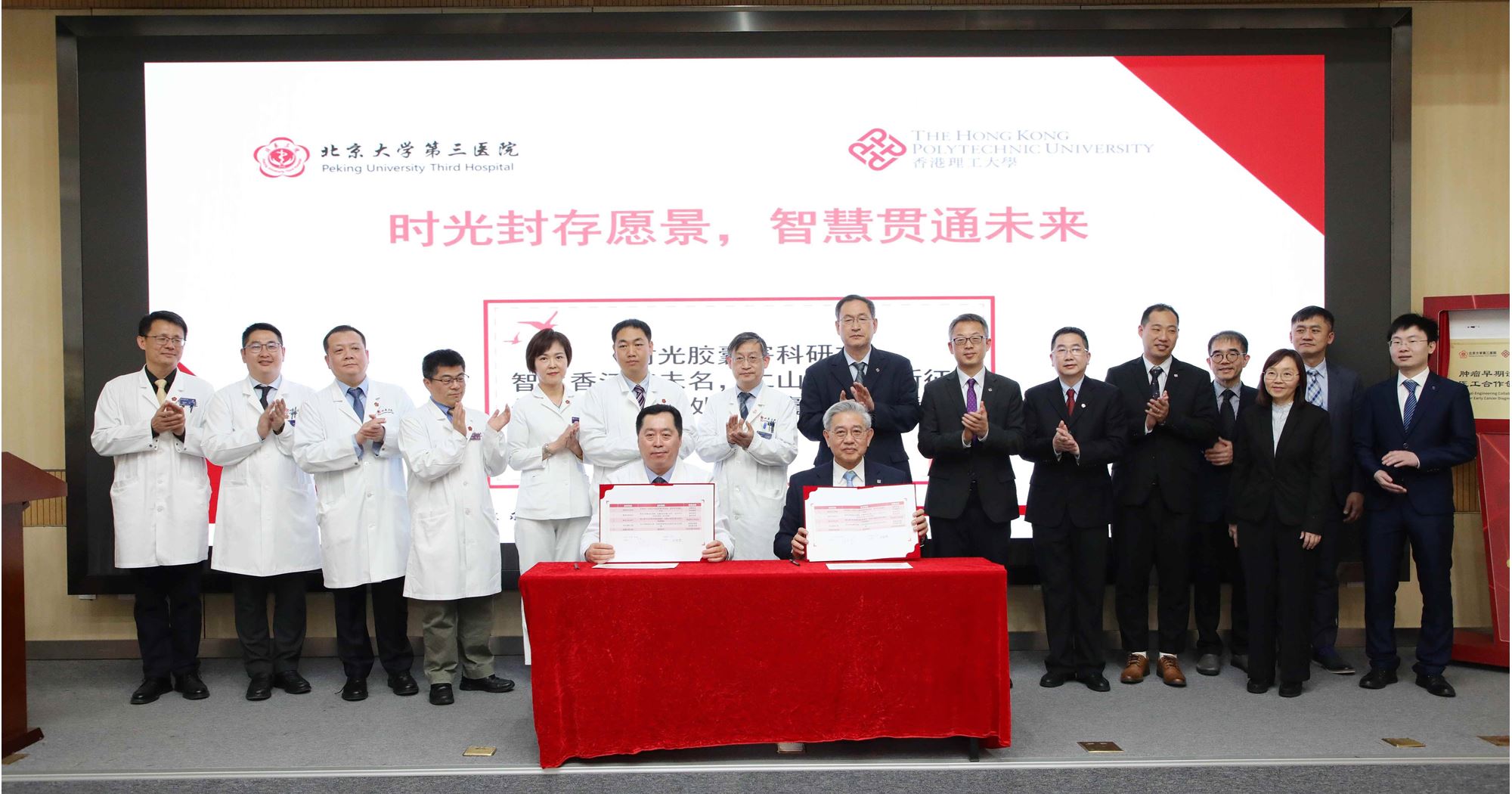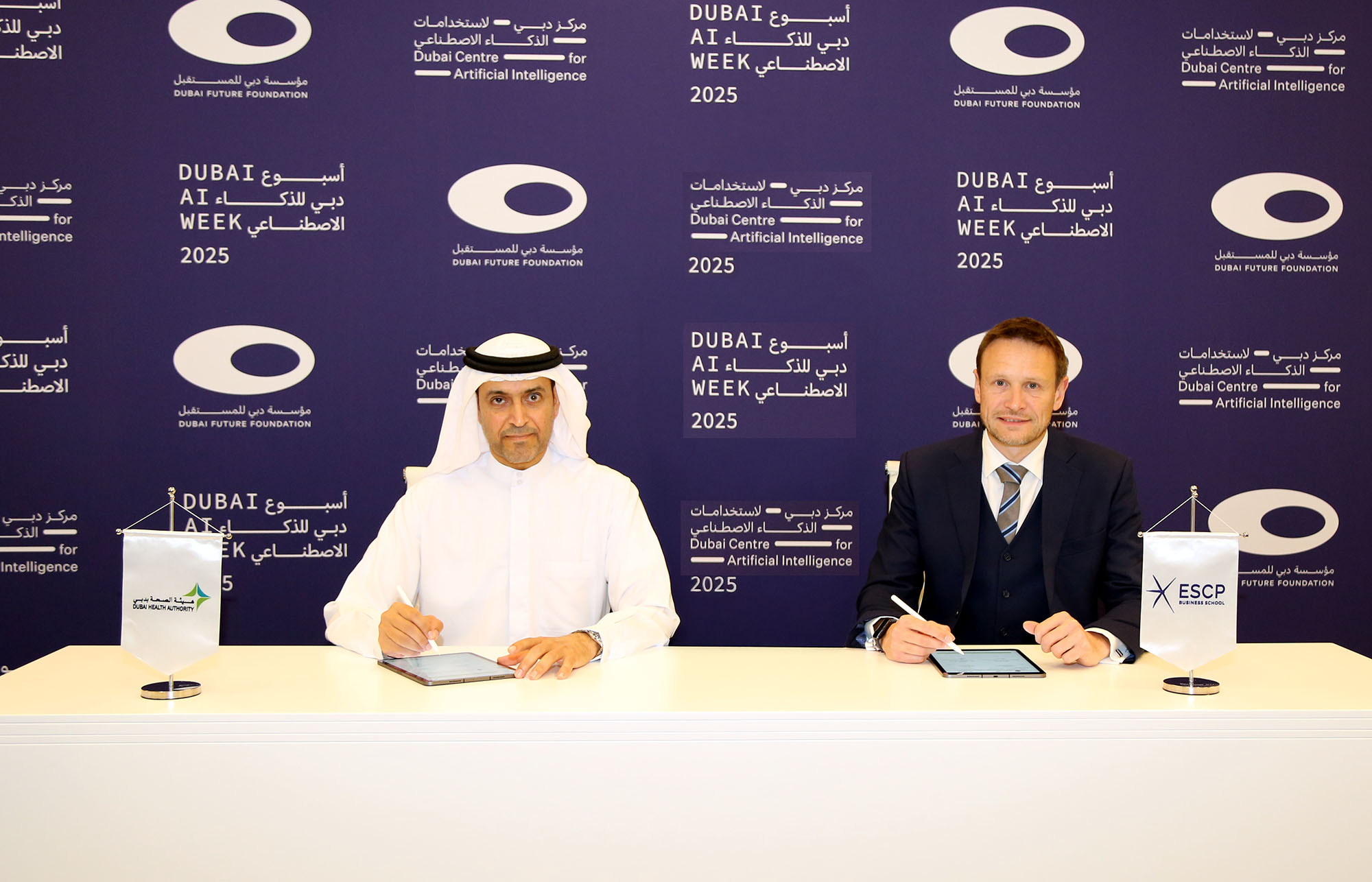
Aon plc, the leading global professional services firm providing a broad range of risk, retirement and health solutions, has launched its inaugural Asia Healthcare Trends Report 2017/18 on World Health Day.
The report examines medical inflation, its key drivers, and prevailing cost management strategies by insurers across 11 markets in the region. Each market is also allocated an Aon Medical Inflation Index (AMII) score, which compares the average medical inflation rate in each location for 2017 and 2018 with a projected inflation rate for the next three years. While medical inflation in Singapore has dropped from 20% in 2014 to 9.6% in 2017, its AMII score is 95.1—lagging behind the regional median AMII score of 82.7 and the 8th highest of the markets surveyed.
Trends in cost management
Asia is being hit by a convergence of several unfavorable factors including a rapidly growing middle class with heightened expectations of healthcare outcomes, an ageing population and sedentary lifestyles. In Singapore, there is also a growing incidence of chronic illnesses among its residents. Not only does this decrease their quality of life, it makes them less productive—which has direct and adverse impact on the economy. Therefore, managing the disease burden and cost of healthcare is a priority, and some of the most popular initiatives include restricting specialist access to patients with General Practitioner (GP) referrals and pre-authorisation of high cost inpatient procedures. GPs have also been successful in dispensing generic medications instead of more expensive patent equivalents.
The report also states that inpatient costs are the primary driver of inflation, with surgery costs experiencing the greatest increase in Singapore. At the outpatient level, diagnostic costs outweighed medical fees—a trend driven by an ageing population and high prevalence of non-communicable diseases such as cardiovascular diseases and cancers.
Despite the overall optimism, the report notes that there is still plenty to be done to curb medical inflation in Singapore—starting with medical insurers and healthcare providers working together on chronic disease management programmes, and companies encouraging their employees to participate in wellness programmes.
Tim Dwyer, CEO, Health & Benefits, Asia Pacific, Aon says: “Private healthcare systems work best in tandem with vibrant public systems, as we’ve seen in markets such as Thailand, South Korea, and especially Singapore—which has effectively halved its medical inflation rate over recent years. This is due to the concerted cost management efforts of consumers, healthcare providers, and medical insurers that provide effective management of the outpatient claims experience. Employers also have a significant part to play by investing in innovative benefits that promote wellness, and facilitate early detection of chronic illnesses such as cardiovascular disease and hypertension. These efforts will also help them increase productivity, differentiate their employer brand, and gain competitive business advantage.”




